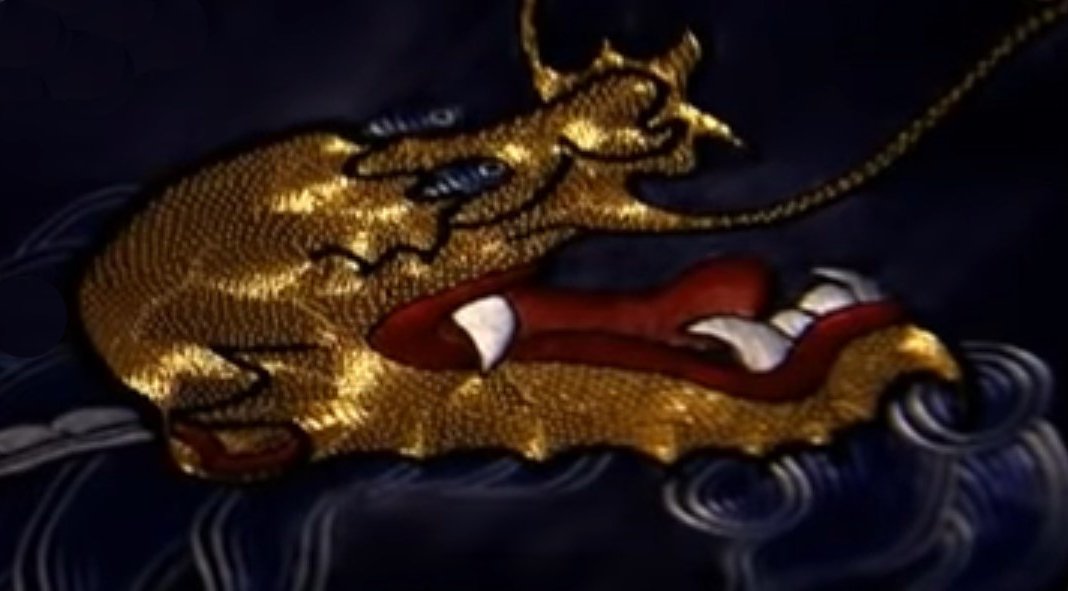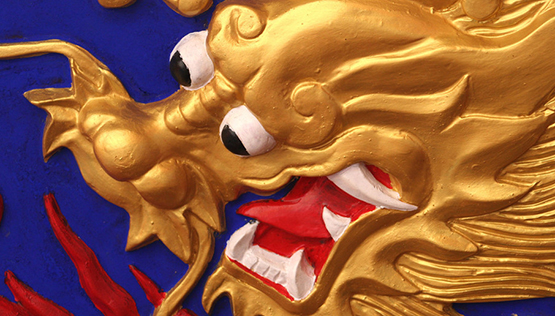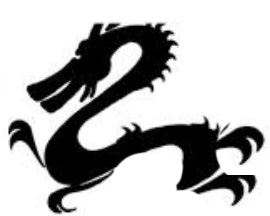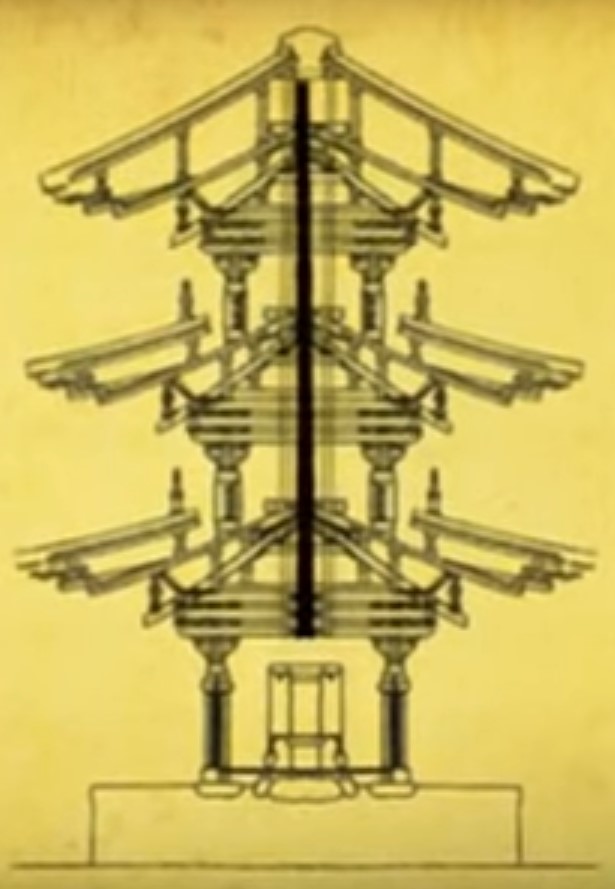Oriental Languages
How translation affects language and identity
As English is a de facto lingua franca of the world, many countries opt to incorporate English words into their languages. How have East Asian countries adopted English terms into their own languages? What does their translations tell us about their national secular & spiritual identity and language systems.


China: Literal meanings
Chinese characters are hieroglyphs, with each character representing not a sound but a meaning, thus reducing the time to convey lengthy messages. However, the Chinese language system has created a problem in the era of globalization, because words have to be translated based on their meaning.
Since the Chinese characters are unable to represent the sounds, and thus do not have exact words to translate, the “GI Joe,” series was simply translated as “special force."
Or, Chinese characters with similar sounds are chosen for translating proper nouns that do not have meanings. For instance, Coca-Cola is translated as “可口可乐”, pronounced as Kěkǒukělè. Coca-Cola is often used as a good example of translation because the Chinese combination “可口可乐” means “entertainment to the mouth,” which is very fitting for Coca-Cola products. Others include hacker, “黑客” pronounced as Hēikè, which literally means “black guest.” Hackers are unwelcome guests, so this translation also makes sense.
Such being the case, this is precisely why Chinese translation of English is more about art than science. While these examples are good ones, there are numerous bad ones, where foreign companies entering the Chinese market have failed to translate their brand names delicately into Chinese. For instance, when Mercedes-Benz entered the Chinese market, its name was rendered as Bensi (奔死), meaning “rush to die.” Fortunately, the company soon made changes and rebranded the poorly translated company name to Benchi (奔驰), meaning “run quickly as if flying.”
Other proper nouns such as Trump 特朗普 and Obama 奥巴马 do not have any meanings at all. They simply sound similar: tè lǎng pǔ and àobāmǎ. So if you look at the atlas in Chinese, there will be hundreds of translations based on sounds.
In conclusion, China has to spend time and effort to come up with ways to translate English words, both in sounds and meanings. Most of the translated English words in Chinese are not communicable to other people, unlike Japanese and Koreans, who can simply use their own English to communicate.
Although China takes pride in its writing system and its language’s influence in East Asia, it is also undeniably true that the Chinese language is quite onerous when it comes to translation of English words and interchanges of secular & spiritual ideas in this globalized world.
Japan: Three systems
Japan has three distinctive yet closely interconnected writing systems: Katakana (かたかな), Hiragana (ひらがな) and Kanji (漢字). Hiragana is the basic syllabic writing system of the Japanese language while Kanji is Chinese characters that complement Hiragana. The Katakana system specializes in phonetic representation of foreign words, mainly English.
Thus the Japanese language is de facto a combination of the three writing systems (Chinese, Japanese and English), an indication that Japan has been heavily influenced by ancient China and India in the past and by Western countries during the modernization process.
Japan uses many Katakana words that are based on the sounds of English words, but that are very distinctively Japanese in pronunciations. For example, McDonald’s is pronounced as “マクドナル,” which is read as Makudonarudo. Beer is “ビール,” read as bīru, while building is “ビル,” also read as biru, the difference being the bi in beer being pronounced long while building’s bi is is of shorter duration.
All in all, these pronunciations are very different from their original English pronunciations, so English speakers traveling to Japan would have a hard time understanding what they mean in Japanese even if they are direct translation of English words.
Japan is quite bad at dealing with English. One reason is that Japanese companies have largely focused on the huge domestic market, thus relatively neglecting overseas markets. They also put a lot more emphasis on job candidates’ ability to communicate in Japanese and conform to Japanese corporate culture rather than on foreign languages and experiences overseas.
Companies and recruitment processes are slowly changing. Although it has many English words in its language system, Japanese are one of the worst English fluency and proficiency tests in the world.
Japan’s Kanji greatly helped the Meiji Restoration by bridging the gap in translation. As a part of its legacy, Japan has established an excellent translation system, where any scholarly dissertation can be translated perfectly in a few days. This is a blessing in the sense that Japanese scholars and engineers can spend time on their expertise rather than learning English.
Such a language system shows that while Japan was the first Asian country to modernize and become economically prosperous and wealthy, it also failed to keep up with globalization, a phenomenon called Jalapagos – Japan becoming Galapagos, an isolated island that developed its unique ecosystem.
South Korea: Phonetics made easy
Written Korean is based on Hangul, which was created under the auspices of King Sejong in 1446. Before then, the Korean written language was entirely based on the Chinese writing system, which was completely different from the spoken Korean language. So as to bridge this discrepancy, King Sejong created Hunminjeongeum, which is the bible for the Korean writing system.
Since Hangul is phonetic, it can be used to translate foreign words based on sounds. In modern Korean, most English translations are based on sounds, and thus despite small differences in pronunciation, Koreans can simply say these words to communicate with foreigners. In today’s globalized world, the Korean language can seamlessly adopt newly created English words, and use them as if they were Korean words quickly.
North Korea: Rebellion
North Korea rarely, uses English words. It uses pure Korean words. As South Korea uses “모자이크” to refer to “mosaic,” which simply reads mosaic in Korean. But North Korea uses “쪽무늬그림,” which means “picture of piece patterns” in pure Korean. While North Korea uses pure Korean words to replace English words – as they are thought of as representation of evil US influences – South Koreans would have a hard time understanding what they mean at first. North Korea’s love for pure Korean extends even to Chinese words, such as “突風” written as “돌풍” in Korean and meaning “squall” in English, which is translated into “갑작바람,” meaning “sudden wind” in pure Korean.
North Korea’s exclusiveness and hostility toward the West are largely reflected in its language system. Many words have diverged since the 1950 Korean War, primarily because of differences in foreign words. This is precisely why North and South Korea sometimes have problems in communications.

Summary
Japan and South Korea freely use English as if it were a part of their language system, while China and North Korea have carefully adopted English in their own ways. The Chinese language translates foreign words based on their meanings, not sounds, while North Korea does not want to use English worlds at all. South Korea uses foreign words in their daily conversations directly, making it easier for Koreans to learn foreign languages and remain closer to globalized society, while Japan remains an enigma. All of this is reflected in their national identity and languages.
Chinese characters and the Meiji Restoration
How many words in the People's Republic of China (中华人民共和国) come from Japanese-invented Chinese writing? While all of the individual words stem from Chinese characters (汉字 Hanzi in Chinese or 漢字 Kanji in Japanese), the grouping of words in order to denote certain meanings was invented by the Japanese. Such words are called Wasei Kango (和製漢語, Japan-made Chinese words).
Except for the word China (中华), other words such as Peoples Republic were all invented by Japan. How did China come to let the Japanese invent new words based on their own writing system? In order to answer this question, we need to go back to the Meiji Restoration, the era of rapid modernization and industrialization that took place in Japan in 1868.
The success of the Meiji Restoration/modernization of Japan in 1868 is attributable to several factors:

Shinbashira
Ancient earthquake-proof Japanese Pagoda
The biggest challenge faced by the Meiji government was to translate new Western concepts that were virtually non-existent in Japanese society before 1868. Words like contract (契約) and philosophy (哲学) were totally new to them, thus they had no idea what they meant.
However, one of the Meiji government goals was to learn from Western countries and put Japan on equal footing with them. In order to do so, the Japanese government was ready to adopt whatever ideas and institutions they felt were best for Japan, such as having a postal and savings system copied from Britain.
The perceived need for translation of English into Japanese, rather than adopting English as the lingua-franca of Japan, is evident in the following quote:
“If it was believed that new academic knowledge and understanding of culture and its institutions should only be left to a select class, and therefore education belonged only to a small handful of the elite, there would have been absolutely no need to improve or develop Japanese. However, if it was believed that science, technology, philosophy, and all things cultural should be shared by all in Japan and that as many citizens as possible should have the chance to receive a high level of education, Japanese had to be improved.”
The policy to improve translations rather than adopt English as a primary language by the Meiji government provided nationwide educational opportunities for all Japanese, and ultimately laid the foundation for a well- educated workforce that contributed to economic development. To this day, Japanese translation of English remains very fast and of high quality.
Famous Japanese scholars translated Western books and words into Japanese. In 1860, Fukuzawa produced a Chinese-English-Japanese dictionary titled Zôtei kaei tsûgo 増訂華英通語 (New and Revised Chinese English Dictionary of Common Speech.) Nishi Amane coined terms such as logic (論理), philosophy (哲学), ethics (倫理) and phenomenon (現象). Thanks to them, Japanese-translated words are still used to this day in East Asia.
How were these scholars able to develop advanced translation skills in such a short period of time? The answer to this question lies in East Asia’s unique and common writing system based on Chinese characters.
The most illuminating example of explaining the power of Chinese writing is the word democracy (It is written 民主主义 in Chinese, 민주주의 in Korean, and 民主主義 in Japanese, all of which have the same Chinese character roots, but with different ways of pronunciation in the 3 countries).
Translation based on literal sounds of words such that a word is pronounced similar to de-mo-cra-cy in Japanese would not be intuitive, because translation based on the sound does not fully grasp the meaning. However, with 民主主義, literally meaning the system (主義) of people (民) becoming the main ruler of the government (主), even if the concept was new to the Japanese people, they would gradually grasp the meaning intuitively after going over it several times.
One of the biggest differences between China’s failed attempt at modernization and Japan’s successful modernization was that China only tried to mimic the surface of Western institutions and preserve the core values of China while Japan completely transformed itself into a society closer to that of the West.
The successful translation of new concepts into Japanese was instrumental in Japan’s rapid nationalization by bridging the gap between the West and Japan in a short period of time. And the power of Chinese characters lies in the fact that each character conveys specific meanings so that they could be put together to create a new concept without causing much confusion.
“Japanese during the Meiji Period (1868-1912) translated knowledge from the West into kanji, which helped China to understand the world. "What would China be like today if (the) Japanese hadn’t done so.”
This article is originally from Joon’s Blog